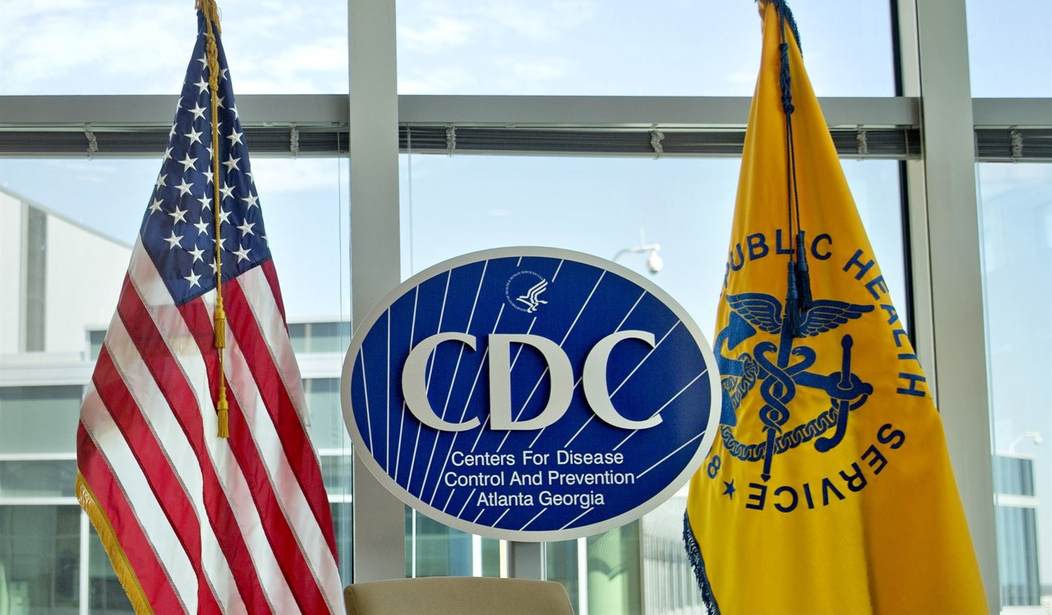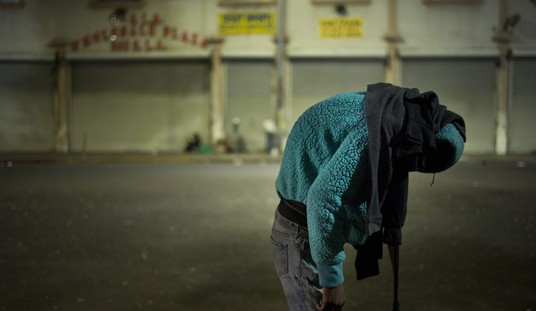In late August of 2020, the CDC updated the guidelines for COVID-19 testing. At that time, they narrowed the group of people they recommended should get tested. A lack of available testing did not drive this change. It seemed new information did.
Rather than recommending broad-based testing of everyone all the time, as they had previously, the CDC narrowed the recommendation to people exhibiting symptoms. It defined “close contact” as being within six feet of a confirmed infected individual for more than 15 minutes and said high-risk individuals should get tested under those circumstances. Healthy individuals could isolate themselves and see if they experienced symptoms before getting a test.
The media freak-out was insane, despite the fact that the guidelines were consistent with testing for every other virus. Media wanted everyone tested all the time, and talking heads routinely discussed rapid testing for entering indoor spaces or going to large events. Governor Andrew Cuomo had the following to say, and it was typical of comments from the intelligentsia:
The CDC reversed its guidance to say that people in close contact with a COVID-positive person don't need to get tested.
This is not science. It’s politics. Politics that are dangerous to public health.
It's indefensible.
— Andrew Cuomo (@NYGovCuomo) August 26, 2020
That’s quite ironic from the guy who put COVID-positive patients in nursing homes and then covered up the number of deaths that resulted. The left-wing institutions and politicians criticized almost everything that was done by any agency under the Trump administration. Only one person had the answers, and that was Dr. Anthony Fauci.
When questioned, Fauci said he was in the hospital for minor surgery when the change was made by the CDC. He told MSNBC:
“I can tell you right now that we should be testing more and we should be testing asymptomatic people. Take that to the bank and trust me on it.”
The guidelines were, of course, changed back. Since then, we have seen record numbers of new cases in some places in a second wave. Some cities that shut down early, such as Los Angeles, are having their first significant wave. You would think Dr. Fauci’s advice from the summer would still apply. That would be incorrect.
On January 20, 2021, the World Health Organization put out a notice to laboratories regarding PCR tests, the most common type utilized to test for COVID-19. It read:
WHO reminds IVD users that disease prevalence alters the predictive value of test results; as disease prevalence decreases, the risk of false positive increases (2). This means that the probability that a person who has a positive result (SARS-CoV-2 detected) is truly infected with SARS-CoV-2 decreases as prevalence decreases, irrespective of the claimed specificity.
Most PCR assays are indicated as an aid for diagnosis, therefore, health care providers must consider any result in combination with timing of sampling, specimen type, assay specifics, clinical observations, patient history, confirmed status of any contacts, and epidemiological information.
In layman’s terms, a positive PCR test is not diagnostic for COVID-19. Providers should take the results in combination with other factors, including symptoms, confirmed exposure, and how prevalent the virus is in the local area. Shockingly, it also says that regardless of how specific a test claims to be, the rate of false positives will go up if the virus is not prevalent in the local area.
The next day, the CDC updated its website, declaring, “Not everyone needs to be tested.” In light of the WHO notice, that would certainly seem to be accurate. The recommendations look very similar to what the agency published in August:
Who should get tested
- People who have symptoms of COVID-19.
- People who have had close contact (within 6 feet of an infected person for a cumulative total of 15 minutes or more over a 24-hour period) with someone with confirmed COVID-19.
- People who have taken part in activities that put them at higher risk for COVID-19 because they cannot socially distance as needed, such as travel, attending large social or mass gatherings, or being in crowded indoor settings.
- People who have been asked or referred to get testing by their healthcare provider, local or state health department.
The timing of these changes is notable. In combination, they will result in fewer cases. The number of deaths attributed to COVID-19 may also be suspect. Every hospitalized patient in the U.S is tested, and an NHS director in the U.K. made the following statement that is likely consistent with our own experience:
Dr Layla McCay, NHS Confederation director, confirms to Julia that the hospital figures for "Covid patients" include patients who are not being treated for Covid but have simply tested positive while being treated for something else.@JuliaHB1 | @LaylaMcCay pic.twitter.com/xSud6LW13M
— talkRADIO (@talkRADIO) January 5, 2021
Just one more reason it is never safe to say the science is settled. And why it is never wrong to question the experts.










